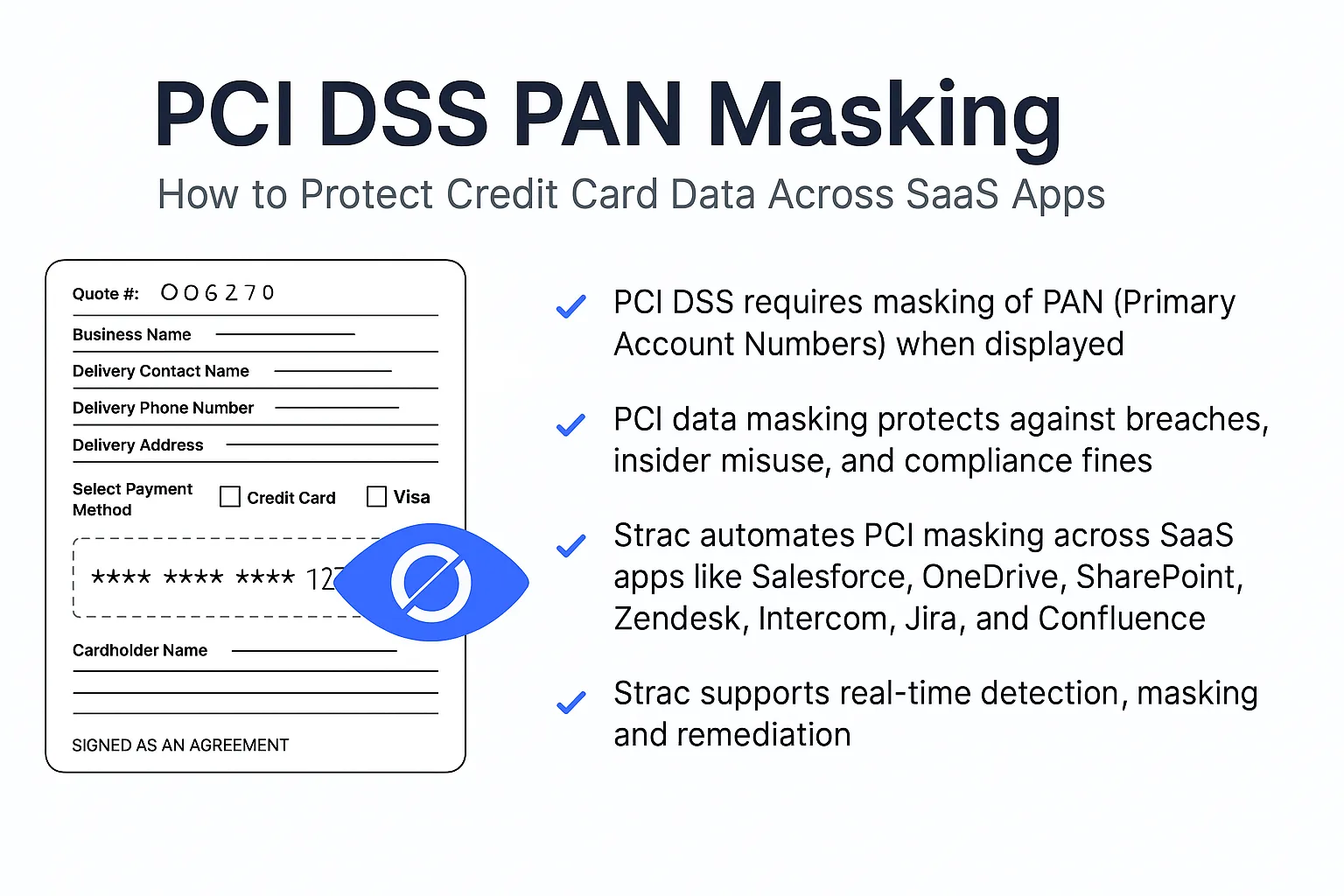Why Implement Data Classification for Azure Blob Storage?
Enhancing Data Security
One of the paramount reasons for data classification in Azure Blob Storage is to bolster data security. By categorizing data based on its sensitivity and value, organizations can implement appropriate security measures for different data types. Sensitive data, such as personal identification information (PII) or intellectual property, can be more heavily guarded against unauthorized access and breaches.
Regulatory Compliance
With the increasing emphasis on data protection regulations like GDPR, HIPAA, and CCPA, compliance has become a non-negotiable aspect of data management. Data classification enables organizations to identify which data falls under regulatory scope and apply necessary controls to meet legal requirements, thereby avoiding hefty fines and reputational damage.
Improved Data Management and Accessibility
Classifying data promotes efficient data management and accessibility. By organizing data into distinct categories, businesses can streamline data retrieval processes, optimize storage utilization, and ensure that critical information is readily accessible when needed. This not only saves time but also significantly reduces storage and management costs.
Facilitating Data Lifecycle Management
Data classification is crucial for effective data lifecycle management. It allows organizations to determine the relevance and value of data over time. Non-essential data can be archived or deleted, ensuring that storage resources are allocated to data that drives business value and decision-making.
Strac Data Classification in Azure Blob Storage
Implementing data classification in Azure Blob Storage requires a strategic approach, leveraging both Azure-native and third-party solutions. Here’s an overview of the best solutions:
Sensitive Data Discovery and Classification: Strac seamlessly detects and categorizes sensitive information within Azure Blob Storage, employing predefined classifications such as personal identifiable information (PII), financial details, medical records, or tailored categories. This process aids in pinpointing the presence of sensitive data and facilitating the implementation of suitable security measures.
- Whether your Azure Blob Storage bucket contains structured databases, unstructured documents, or intricate media files, Strac DLP scans it all with precision.
- Explore our extensive catalog here. Get alerts and notifications to take actions.
Data Access Monitoring: Strac tracks and records who interacts with sensitive data, alongside the timing and origin of these interactions, in real-time. This surveillance extends to both legitimate and unauthorized access attempts, offering a transparent record for compliance and investigative objectives.
- Who accessed what files/buckets and if there is an anomaly in file downloads
Permission Auditing and Management: Strac continuously reviews and adjusts access rights to Azure Blob Storage resources, guaranteeing access is confined to verified individuals and services. This involves identifying and rectifying excessively liberal access settings, either automatically or through administrator notifications.
Compliance Management: Strac assists entities in aligning with applicable data protection laws and standards (e.g., GDPR, HIPAA, PCI-DSS), through the implementation of governance policies, handling of consents, and provision of comprehensive audits and documentation for regulatory scrutiny.
Sensitive Data Types for Azure DLP: Blob Storage
Checkout all the sensitive data elements and file formats supported by Strac: https://www.strac.io/blog/strac-catalog-of-sensitive-data-elements











.webp)














.webp)




.avif)


